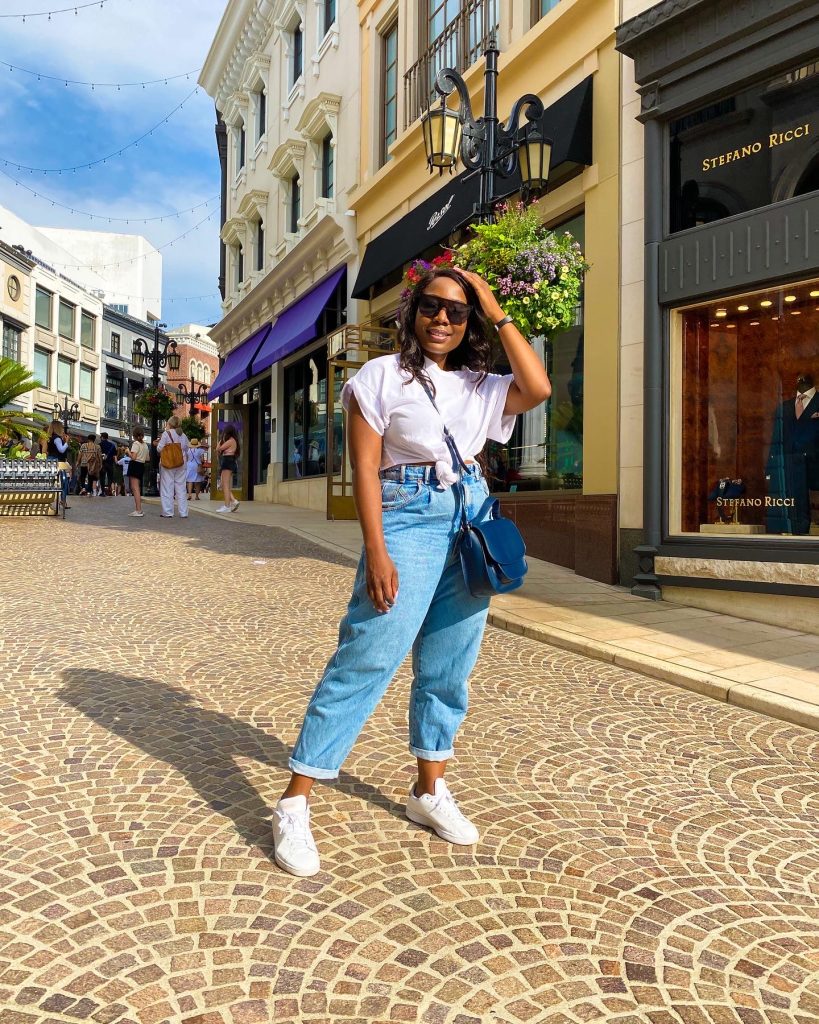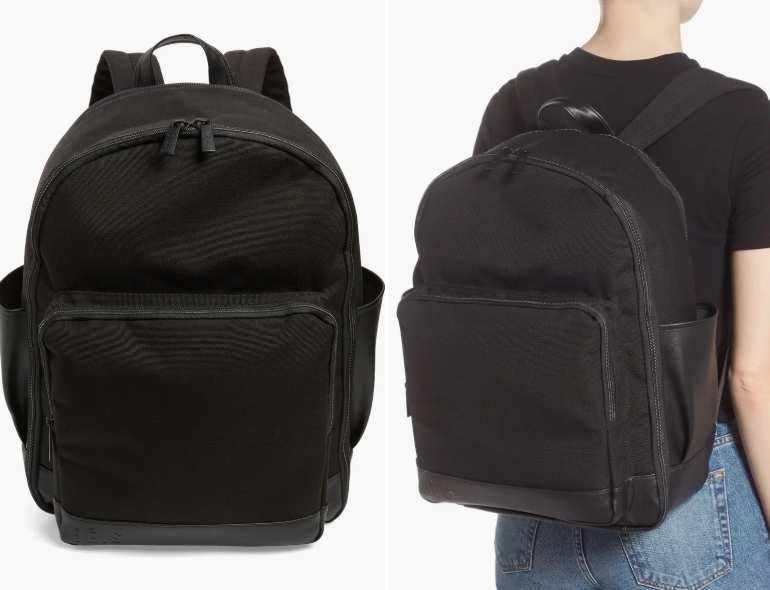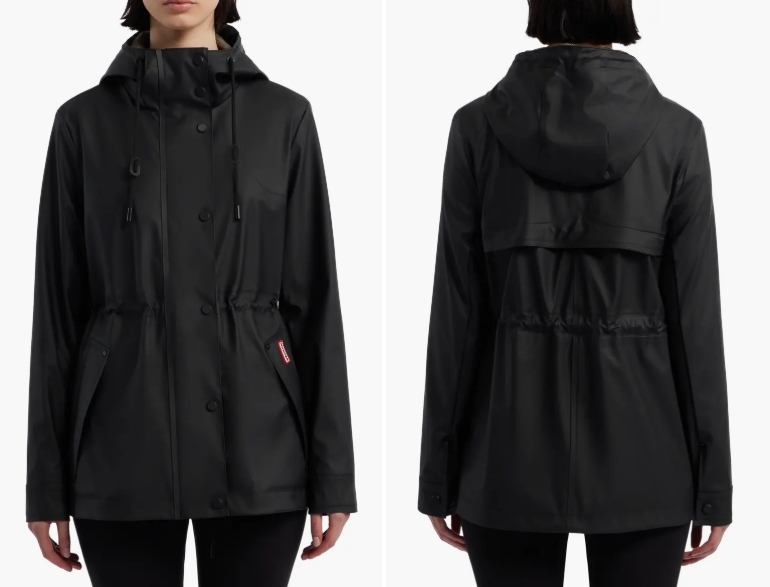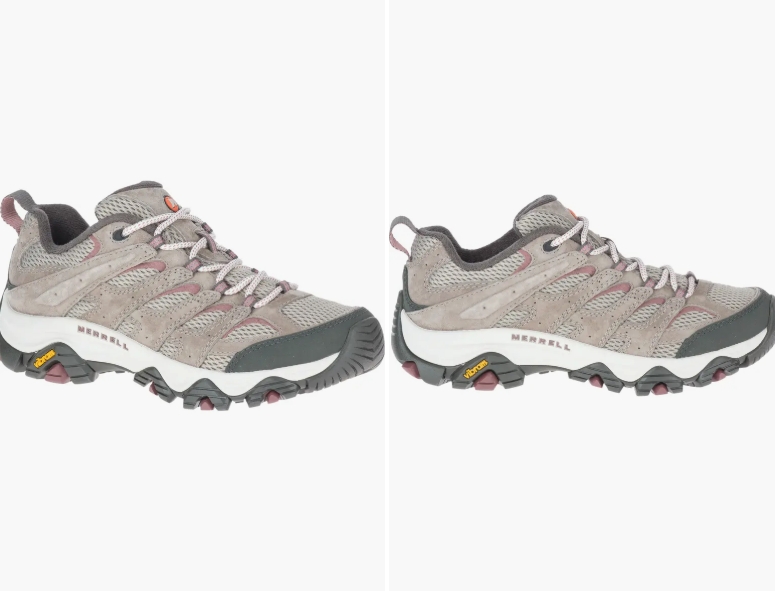For most travelers heading to South America, visiting Machu Picchu tops the bucket list. It’s one of the New Seven Wonders of the World and an icon of Peru. The images of mist-covered mountains, ancient stone ruins, and llamas grazing at sunrise have made it one of the most photographed places on earth.
But beyond the stunning photos and travel dreams lies a practical question: is Machu Picchu still worth the hype? With crowds swelling every year, ticket prices rising, and environmental concerns growing, the once “lost city” has become anything but lost. Yet for many, the trip remains a spiritual and cultural highlight that stays with them long after they leave.
Whether it’s the history, the view, or the journey to get there, the experience depends on what you hope to find.
The Allure and the Reality
You’ve probably imagined Machu Picchu as a quiet, mystical place high in the Andes. Decades ago, that might’ve been true. Today, the site sees more than a million visitors every year. Instead of solitude, you’ll find tour groups, selfie sticks, and a steady stream of buses climbing up from the town of Aguas Calientes.
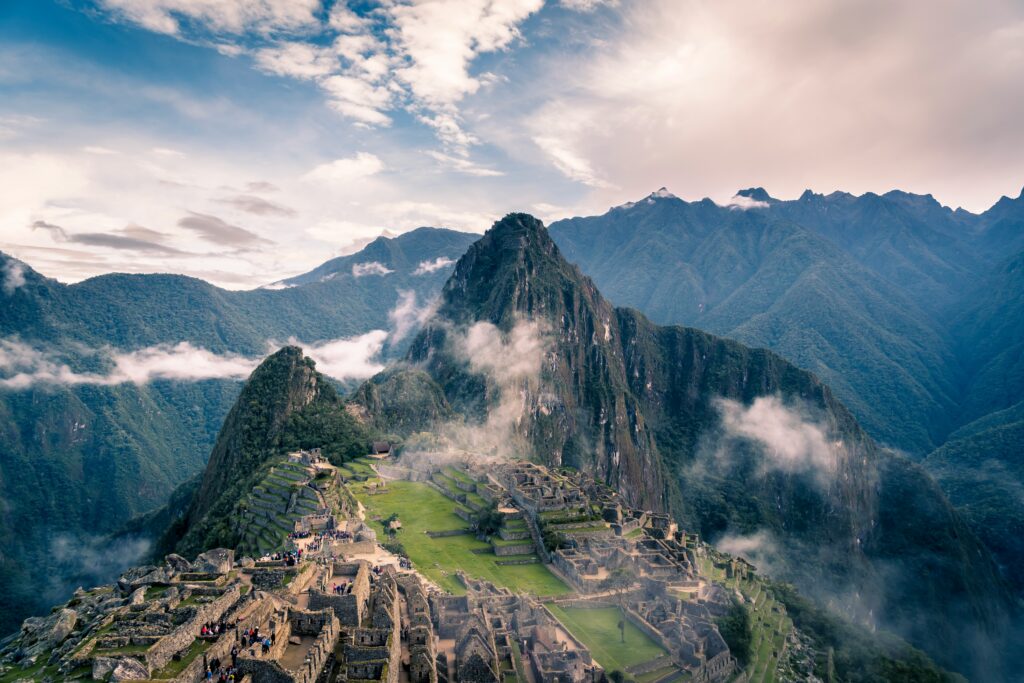
Still, standing among the ancient Inca ruins is unforgettable. The site’s scale is remarkable—over 170 structures across 325 square kilometers, perfectly aligned with the mountains and the sky. Even with crowds around, the sense of history and engineering brilliance is hard to miss.
If you’re planning to hike or explore for several hours, packing a lightweight travel backpack can make your day much more comfortable while keeping your essentials close.
Setting Realistic Expectations
If you decide to go, timing makes a big difference. Arriving early—preferably with the first bus from Aguas Calientes—lets you enjoy the ruins before the peak-hour rush. Many travelers also hike up to the Sun Gate for panoramic views or book a slot to climb Huayna Picchu for a different perspective.
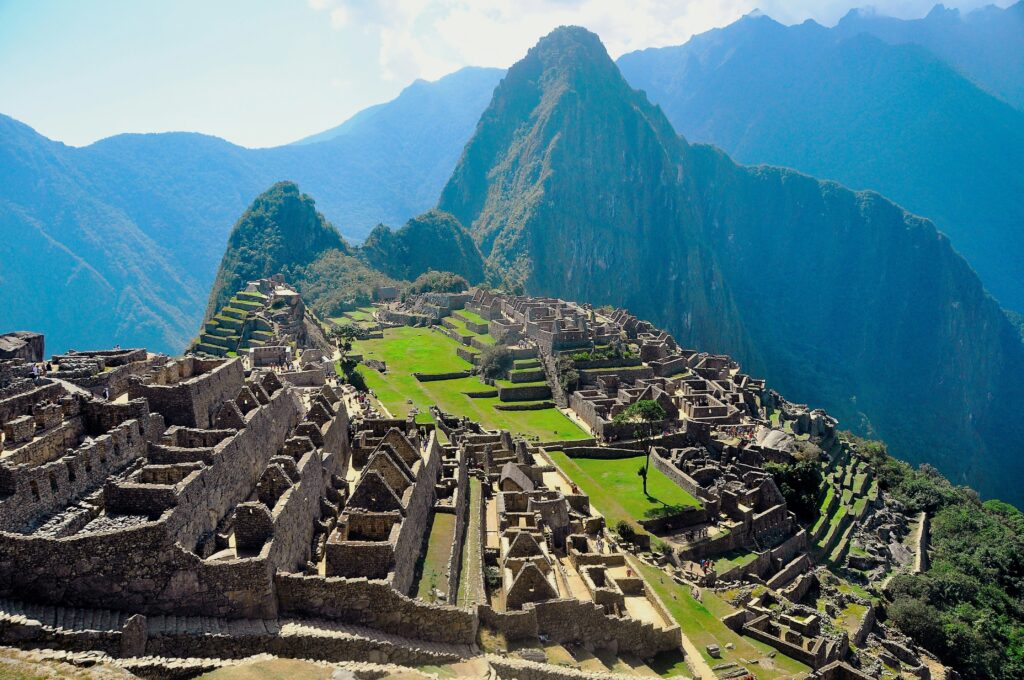
Weather plays a role too. Visiting during the rainy season (November to April) means fewer crowds and cheaper rates.
The mist and fog can even make the ruins look more dramatic in photos. Just be prepared for slippery trails and unpredictable showers—having a waterproof rain jacket on hand can make a big difference when those sudden downpours hit.
Cost and Logistics
Visiting Machu Picchu can be expensive. You’ll likely start from Cusco, then take a train to Aguas Calientes, followed by a bus to the ruins. Entrance tickets cost around $79 for the main site and about $99 if you include Huayna Picchu. Add train fares, accommodation, and meals, and the total can easily reach $300–$400 for a short trip.
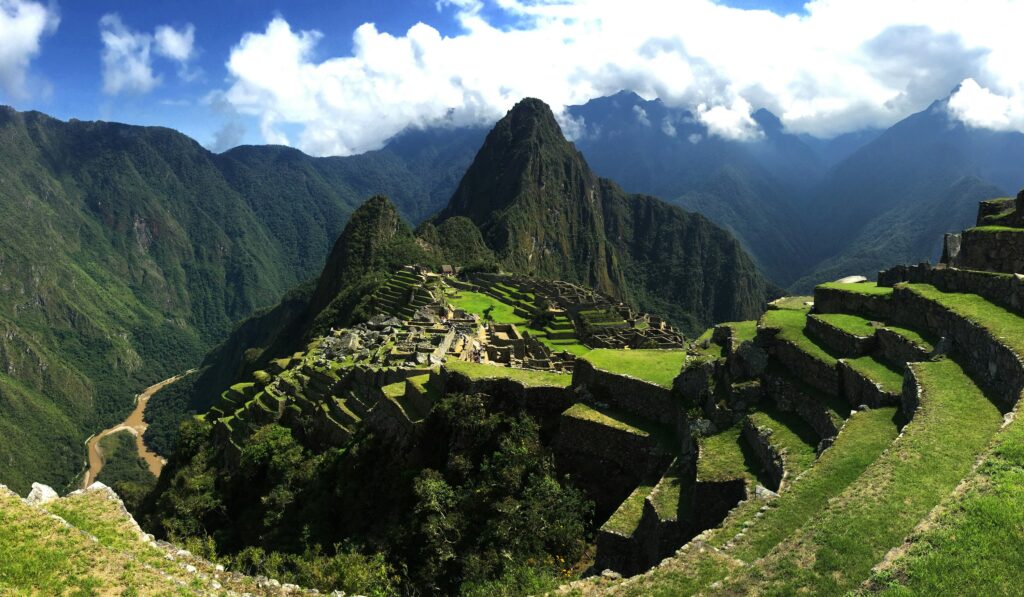
Booking in advance—sometimes six to eight months ahead—is highly recommended. This ensures your spot, especially if you plan to hike the Inca Trail, which requires a separate permit that sells out months early. Travel insurance is also worth getting since tickets are non-refundable.
Environmental and Cultural Impact
The popularity of Machu Picchu has taken a toll on the area. Heavy foot traffic contributes to erosion, and waste management remains a challenge. Towns along the Inca Trail have rapidly expanded, sometimes unsustainably, to accommodate tourism.
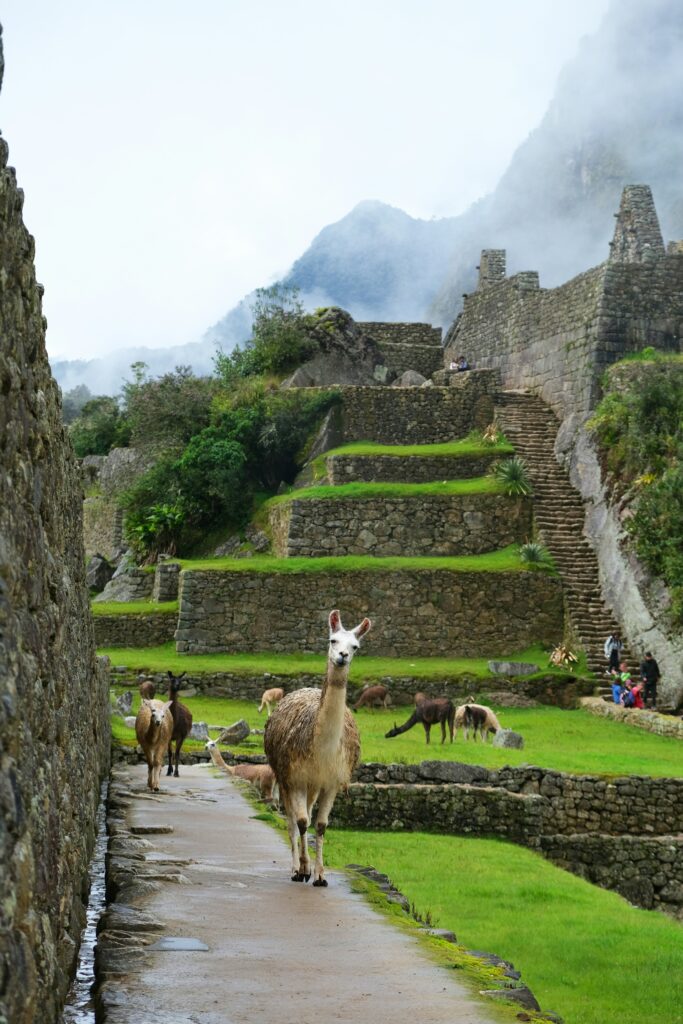
You can help reduce your footprint by choosing certified tour operators that support local communities and follow Peru’s sustainable tourism guidelines, such as CALTUR-accredited agencies. Always follow the “leave no trace” principle—take your trash with you, avoid touching fragile ruins, and respect the site’s regulations.
Alternatives Worth Considering
If you crave a quieter adventure, consider other Inca sites that offer similar history with fewer crowds. Choquequirao, often called Machu Picchu’s “sister city,” is three times larger but sees only a handful of visitors daily. It requires a challenging multi-day trek, but you’ll find real solitude there.
What to wear and pack
You’ll need a mix of breathable and weather-ready pieces. Think layers — a lightweight waterproof jacket, hiking pants, and sturdy shoes with grip. The altitude means mornings are chilly, but the sun can get intense later. Pack sunscreen, a hat, and a refillable water bottle since single-use plastics are banned inside the park.
For a stylish yet practical look, try a structured hiking jacket paired with moisture-wicking leggings or comfortable trail pants. Add lightweight hiking shoes for grip and comfort during the climbs.
The verdict
So, is Machu Picchu worth the hype? Absolutely — if you go for the right reasons. It’s not a luxury destination or a quick photo stop. It’s a deeply cultural experience that rewards those who appreciate history, nature, and effort. You’ll return home not just with photos, but with a real sense of wonder at what human hands once built among the clouds.
If you plan it thoughtfully, respect the local environment, and pack wisely, Machu Picchu can still live up to its legendary reputation.
